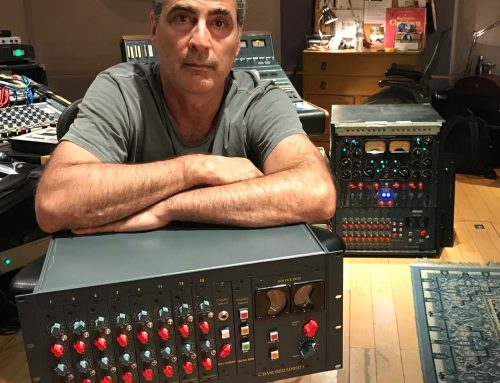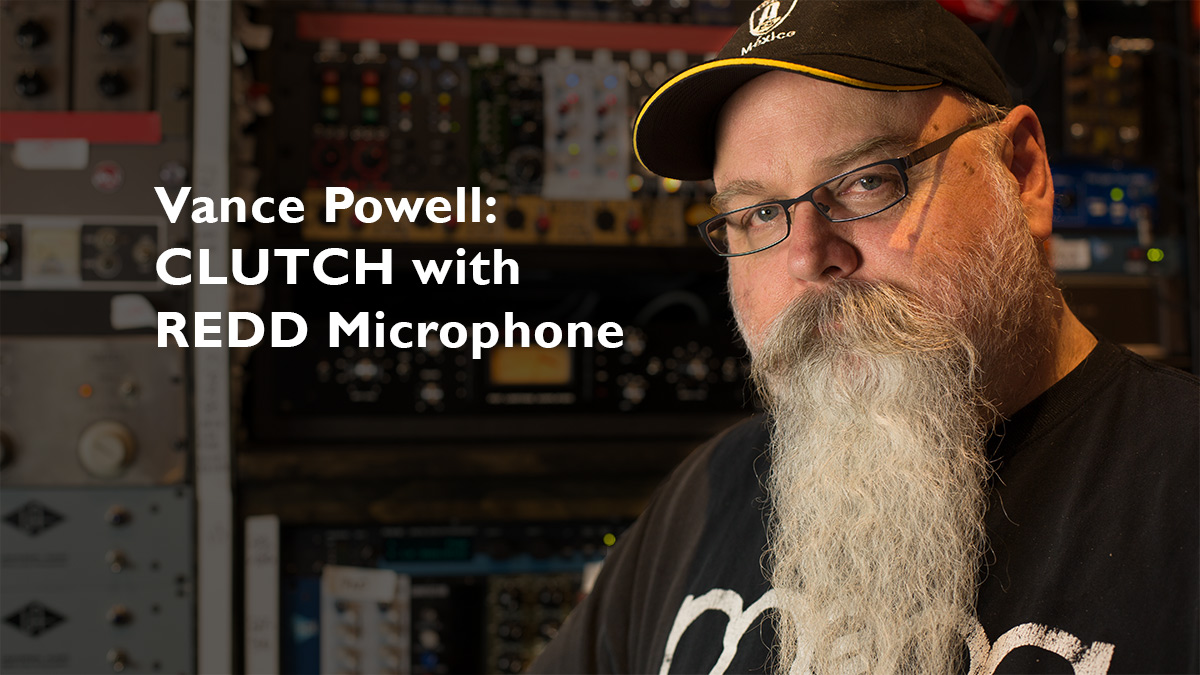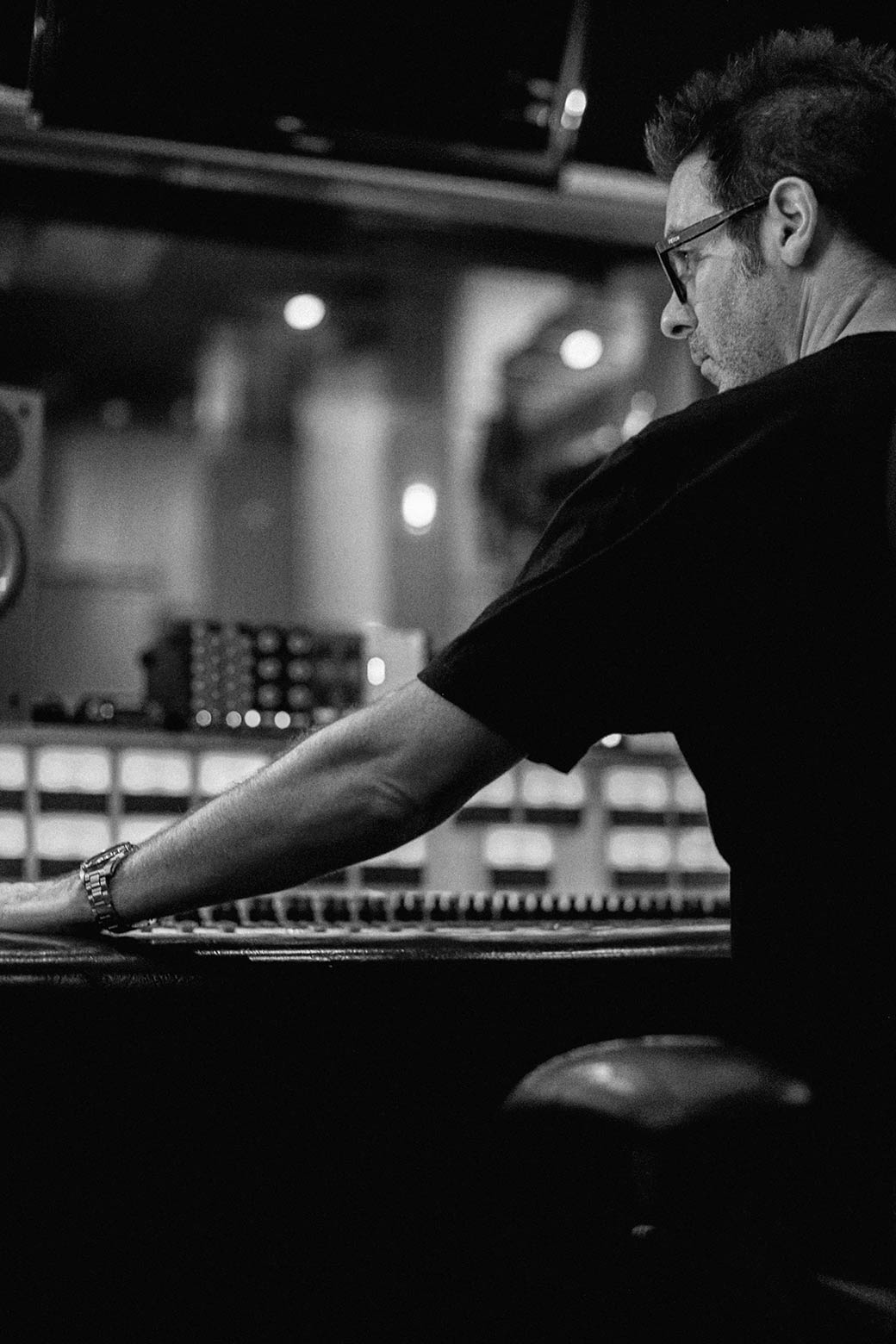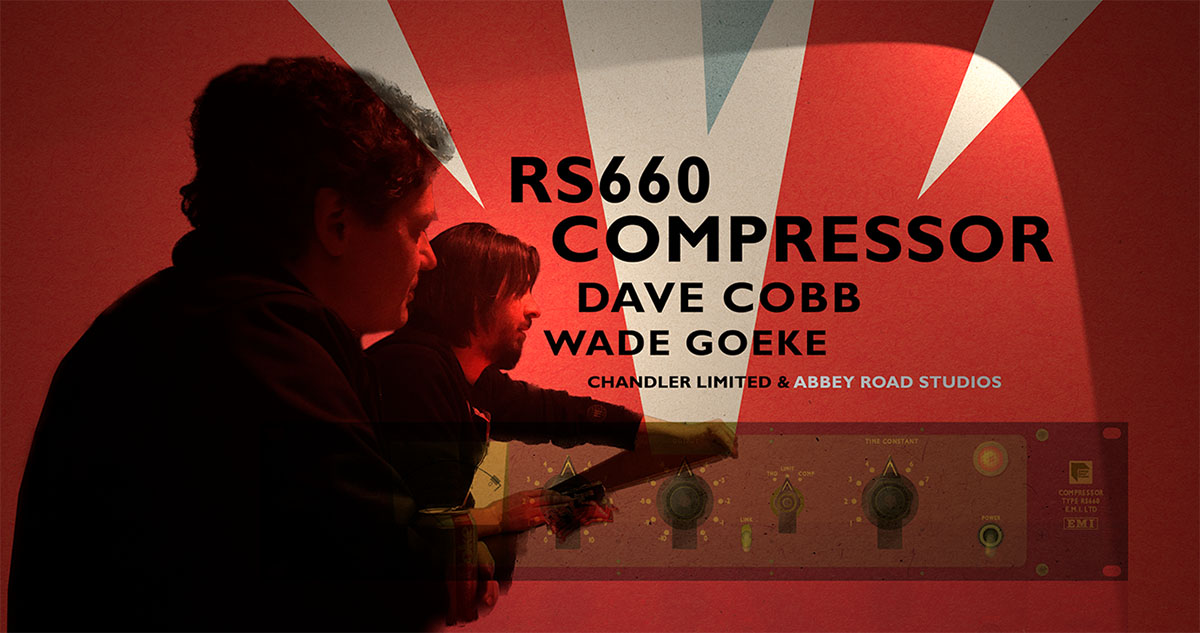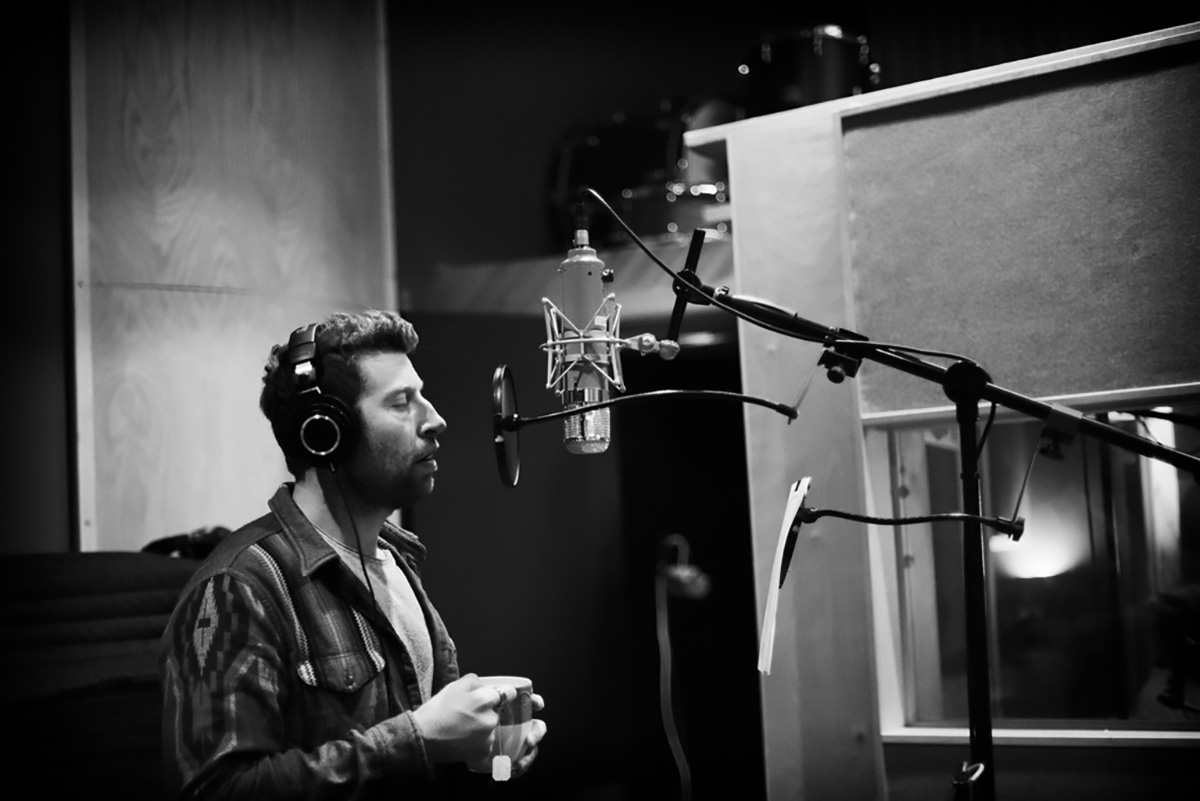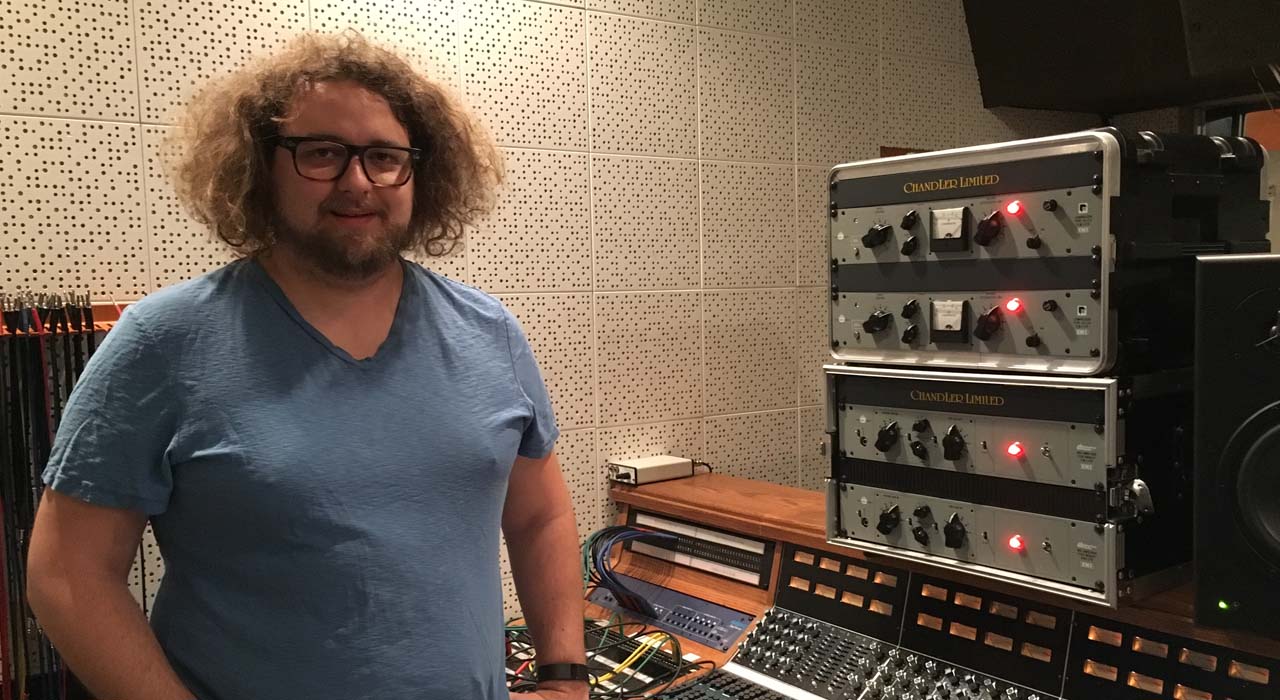

CLAY BLAIR – is a Grammy Award winning recording engineer, mixing engineer and multi-instrumentalist, who is the owner and operator of North Hollywood’s historic Boulevard Recording. Clay, a native of North Carolina, made his way to Los Angeles to pursue his passion and in 2010, he stumbled upon an opportunity to rent a defunct though storied recording studio, one that had been forgotten. The space he found, which had been operated under previous, and most famously “Producer’s Workshop,” had been home to the many great artists and records including those from— Fleetwood Mac, Steely Dan, Ringo Starr, Carly Simon, Ray Charles, Neil Diamond, and Pink Floyd. Later the studio would be known as “Westbeach Recorders,” and would a new generation of artists— Blink 182, The Offspring, Bad Religion, Concrete Blonde, The Melvins, Rancid and Rocket from the Crypt. Today, under the name Boulevard Recording, Clay’s tapped into the sonics and heritage of the space to add to the history of one of L.A.s special recording studios. Boulevard Recording has hosted— The War on Drugs, Moby, The Heavy Heavy, The Pogues, Watkins Family Four, Richard Thompson, Gary Clarke Jr., Counting Crows, Andrew Bird, and The Record Company among others.
How long have you been in music production?
CB: I’ve been recording since I was 12 years old when I started trying to re-record Beatles records in my parent’s basement on a 4 track. But professionally for about 20 years now.
What drove or inspired you into the world of music production?
CB: Music was such a huge part of my youth and I would hear records and wonder how these sounds and feelings were being recorded and made. It mystified me. We never had the access to the web like people do now. Now you can just find a YouTube video and go buy some things on Reverb and try your best to get those Phil Collins drums…. But you start to realize that those sounds aren’t just off the shelf. There’s a lot of creativity and time that goes into finding those sounds and how to use them.
Where did you first learn about or experience Chandler Limited gear?
CB: The TG1Limiter was one of the first things I bought when I was adding to my first home studio as an adult. The TG1 had those cool knobs I had been seeing in books for years but never able to obtain. It is still in my rack today and gets used often on room mics, pianos, acoustic guitars and sometimes vocal busses for its distortion.
What Chandler Limited gear do you own?
CB: I own a REDD Microphone, TG1 Limiter, 2x REDD.47 Mic Amplifiers, 2x RS124s, TG12345 Curve Bender, EQ, TG Microphone Type L, Germanium Preamp, and a pair of Little Devils EQs.
What is it that you like about Chandler Limited gear?
CB: I like that it is different than anything I own. The REDD.47 has been my go-to vocal preamp since I bought it some 10 years ago. I do not remember the last time I reached for a Neve type pre for a vocal. Nothing Chandler makes is esoteric. I am most impressed by their microphone design which in the studio world being a mostly outboard based company, launching a microphone design or 3 is a brave venture. Owning 2 of their 3 designs, they get used almost daily on tracking sessions. Their voicing is always pleasant and interesting.
What, where and why…
Let’s get to the gear, tell us what Chandler gear you’re using, which sources and more importantly, the reasons for your sonic choices.
Where: This is one of my favorite utility microphones. I’ve also used it for Piano, acoustic, kick drum and background vocals. It was used on the most recent Sam Fender release on guitar amps, “People Watching” at my studio Boulevard Recording by engineer Austin Asvanoda.
Why: I am a fan of using classic mics like U67’s or U87’s on guitar amps. Until the Type L, I didn’t own anything that could replace these mics really on that source and give me what I wanted until I tried the Type L. It is the best all-around utility mic for any studio or home studio. I have yet to use it on something that I didn’t like. As for chain, I usually am using it with my Sound Techniques ZR36 console.
Where: I use this mic often on a vocal that needs more than just a vintage standby like a U67 or U47. It competes really well in the pop vocal environment of 2025 compared to other mics like a C800 or 251. I used it on vocals for Richard Thompsons releases “13 Rivers,” and he still requested the mic after having previously used it with me on the album “Still.”
Why: I really love using this mic at line level with a REDD.47 preamp then bringing it back at line level on my Sound Techniques Zr36 then using a compressor like an LA2A or 1176 on the insert. The doubling of the REDD.47 circuit gives the mic an even more classic sound.
RS124 Compressors, Matched Pair
Where: I used this on a recent mixing project on the bass for Beachwood Sparks on a single called “Wild Swans.”
Why: The RS124 almost always makes mixing easier when it comes to bass not always knowing how the source was recorded. The RS124 has a way of compressing things in a very aggressive way but the result not sounding.
REDD.47 Mic Amplifier, Pair
Where: I used these on both live vocals of Sara and Sean Watkins on the Watkins Family Hour release “Brother Sister.”
Why: We were recording to tape through my API console when I still had it and using M269’s on their vocals. The REDD.47s really gave their vocals a needed detail and clarity the API wasn’t able to for this specific sound. I love them, they’re lush and natural.
Where: I used it on a drum bus for a song I mixed recently for Counting Crows that went on a charity record for Jesse Malin called “Silver Patron Saints.”
Why: I was mixing something mostly in the box that needed some life, so I spread it out on our Sound Techniques Console, because I felt the drum bus needed some excitement. The TG1 never fails at creating excitement!
To learn more about Clay Blair and his Chandler Limited gear or Boulevard Recording, visit— https://www.boulevardrecording.com/ or follow @boulevardrecording or @clayblairmixes on Instagram.

